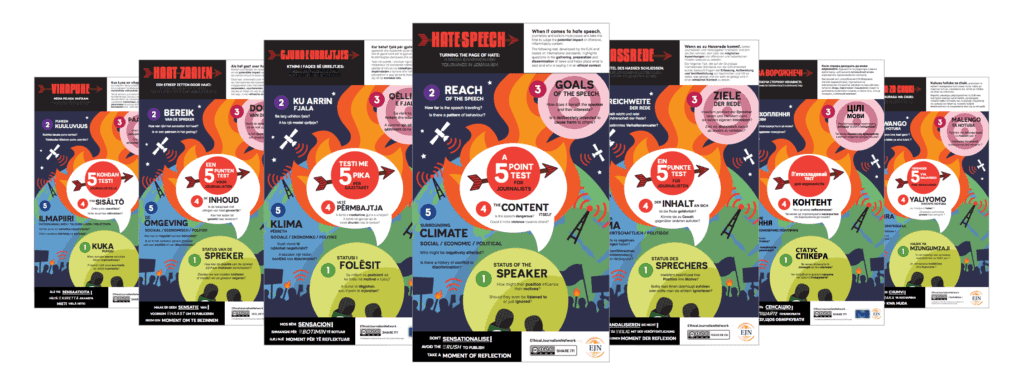Point Five: The Economic, Social and Political Climate
Speech that is dangerous or controversial arises particularly when times are hard, social tensions are acute and politicians are at war with one another.
Journalists must take into account the public atmosphere at the time the speech is being made. The heat of an election campaign when political groups are challenging each other and jostling for public attention often provides the background for inflammatory comments. Journalists have to judge whether expression is fair, fact-based and reasonable in the circumstances.
Where we have doubt about directly quoting hateful speech it may be useful to report that insulting comments were made without repeating the exact terms of the insult.
Above all journalists have to be careful. They should recognise the context including where there are patterns of discrimination against ethnic and other groups, including indigenous peoples and minorities.
They are not groups who are entitled to privileged media attention because journalists have to respect the rights of all, but they are often the victims of particular targeting.
An academic debate over migration held in the context of discussion of research and controversial findings can be relatively innocuous or neutral but the same debate may become dangerous if it is held in the context of local and specific conditions, where people are uncertain and anxious about their security and future.
It is important for journalists to ask themselves: what is the impact of this on the people immediately affected by the speech? Are they able to absorb the speech in conditions of relative security? Is this expression designed or intended to make matters worse or better? Who is affected negatively by the expression?

Read More
The EJN five-point test of hate speech has been developed by EJN advisers and is based on international standards.
It highlights some questions to be asked in the gathering, preparing and disseminating of news and information that will help journalists and editors place what is said and who is saying it in an ethical context.
Browse the report, and explore our related resources, by clicking on the links below.
The EJN’s 5-Point Test for Hate Speech Video
Watch Aidan White explain how journalists can use the test in the video below.
Watch our YouTube playlist of videos on reporting hate speech.
The EJN’s 5-Point Test for Hate Speech – Infographics
